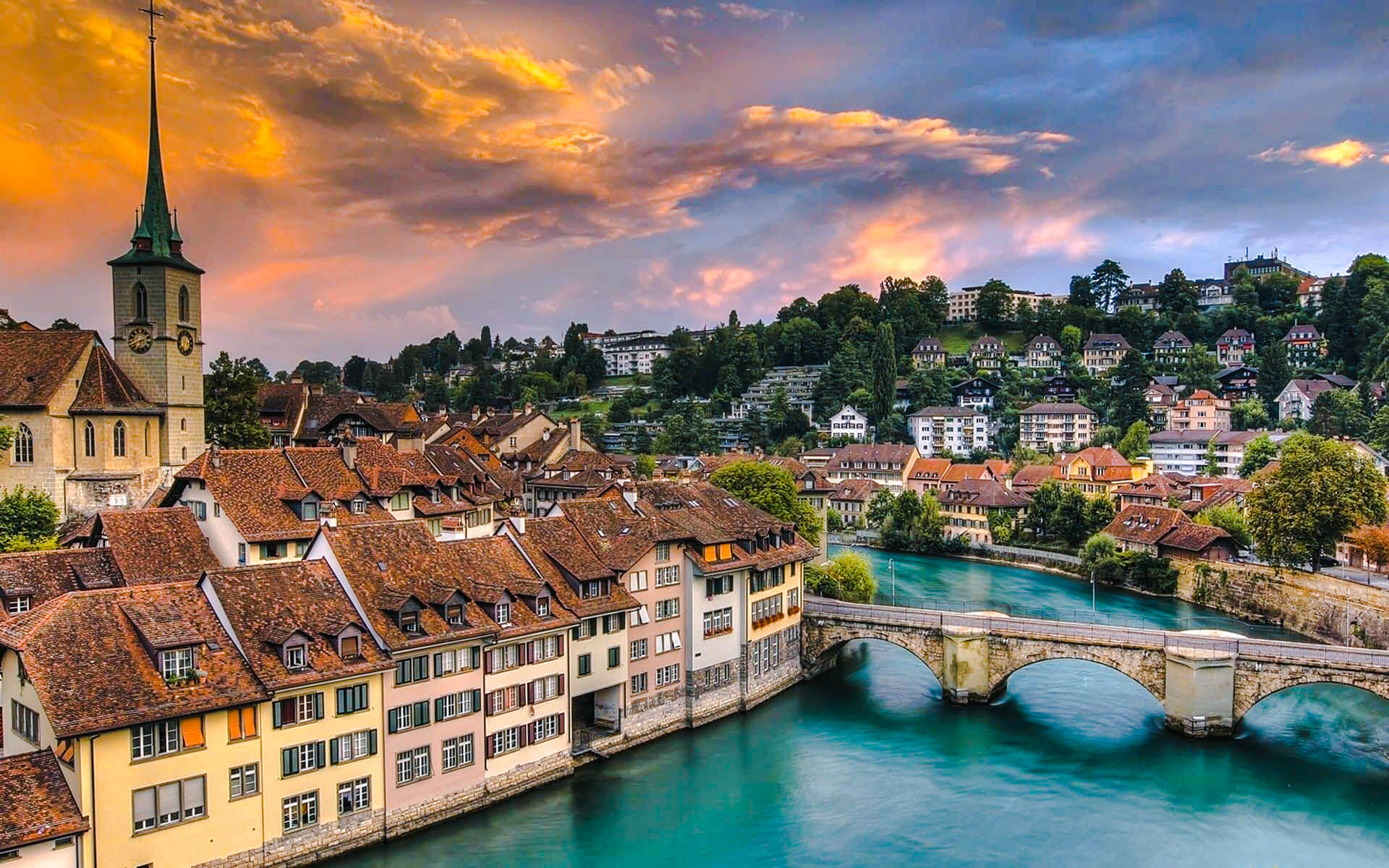Bern had a 3.3 percent unemployment rate in 2010. In 2008, there were 259 individuals working in the main economic sector, and around 59 enterprises were active in this area. In the secondary industry, 16,413 people were employed, and 950 enterprises operated. The tertiary industry employed 135,973 people and supported 7,654 firms.
The total number of full-time equivalent jobs in 2008 was 125,037. There were 203 employment in the primary sector, with 184 in agriculture and 19 in forestry or timber industry. The secondary industry employed 15,476 people, with manufacturing accounting for 7,650 (49.4 percent), mining accounting for 51 (0.3 percent), and construction accounting for 6,389 (41.3 percent). The tertiary sector employed 109,358 people. In the tertiary sector, 11,396 or 10.4 percent worked in wholesale or retail sales or motor vehicle repair, 10,293 or 9.4 percent worked in goods movement and storage, 5,090 or 4.7 percent worked in a hotel or restaurant, 7,302 or 6.7 percent worked in the information industry, 8,437 or 7.7 percent worked in the insurance or financial industry, 10,660 or 9.7 percent worked as technical professionals or scientists, 5,338 or 4.9 percent worked in education, and 17,903 or
In 2000, the municipality had 94,367 employees who commuted in and 16,424 workers who commuted out. The municipality is a net importer of employees, with around 5.7 people coming for every one leaving. 50.6 percent of the working population utilized public transportation to go to work, while 20.6 percent drove themselves.


